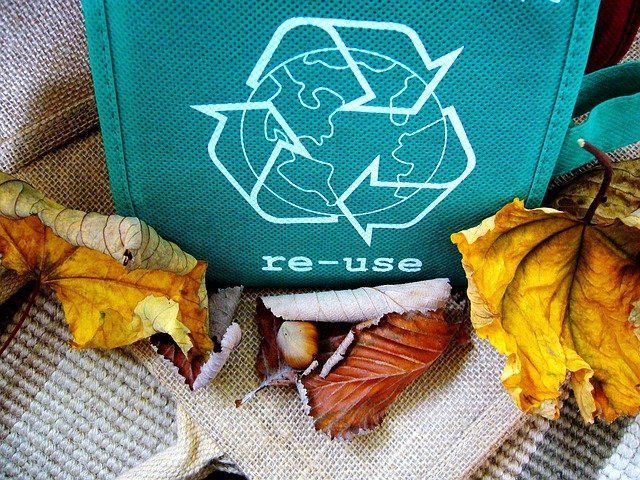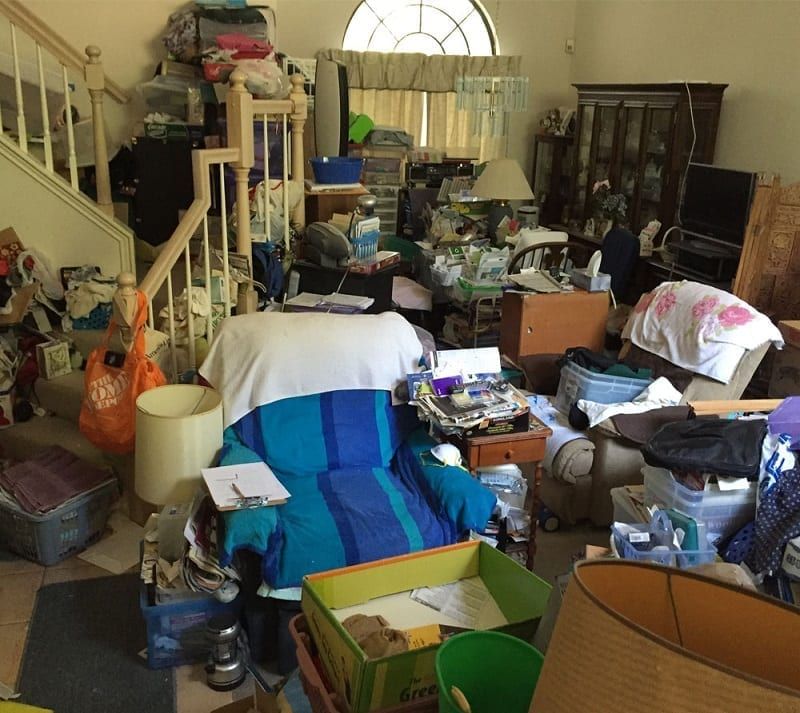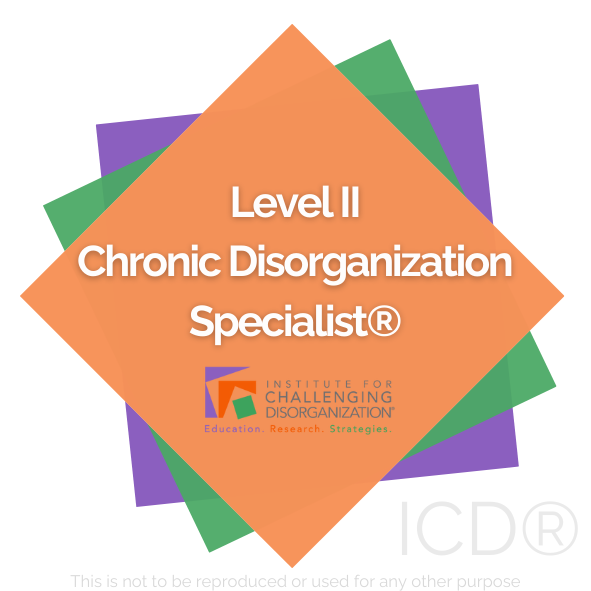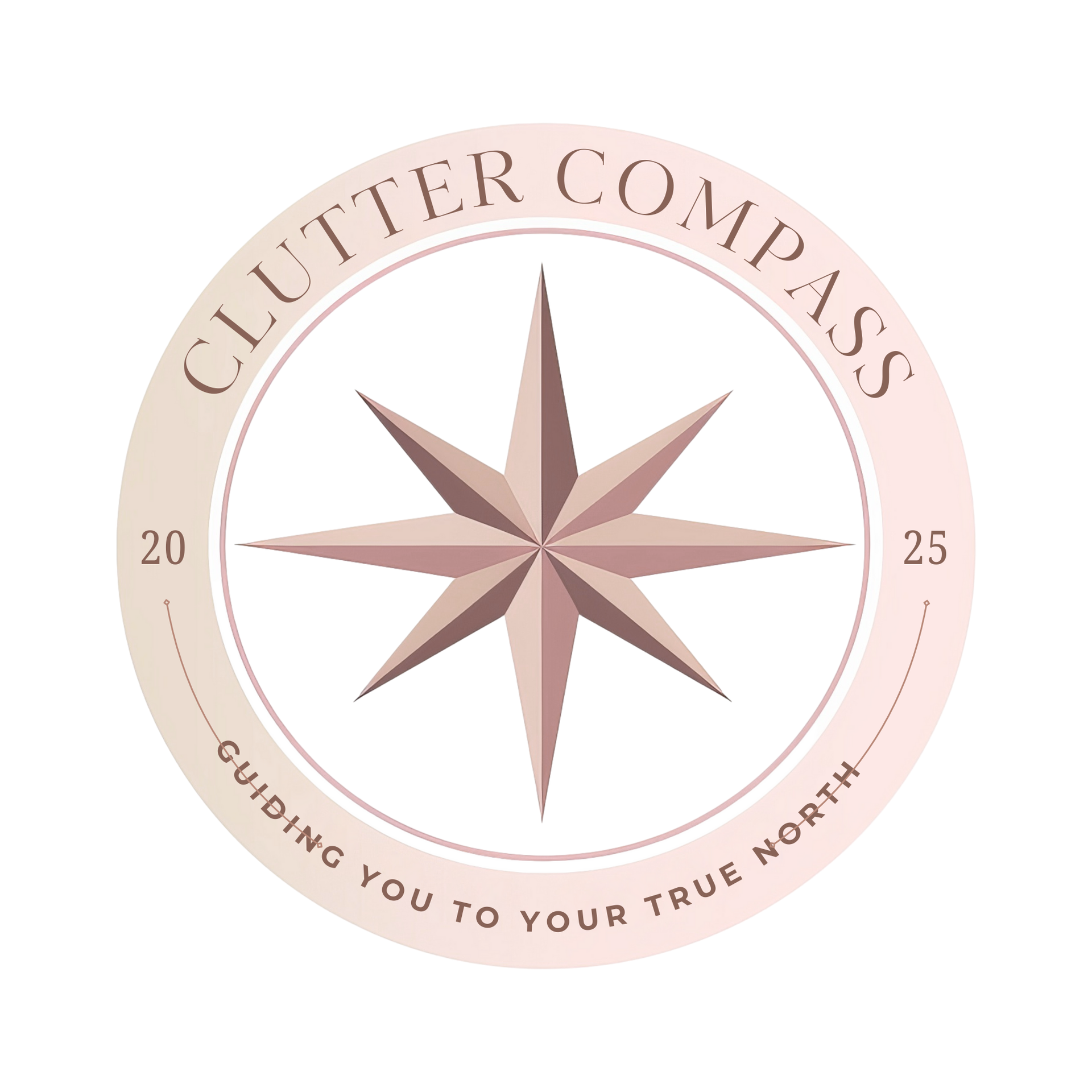How much Green House Gas does a Professional Organiser save?
How much Green House Gas does a Professional Organiser save?

In the spring of 2020 I finished a research programme with Liverpool John Moores University, funded by the European Regional Development Fund.
One of the aims of the EDRF funding is to improve GHG (Green House Gas) emissions with support from the Low Carbon Eco-Innovatory ERDF Project.
(Liverpool John Moores University is a public research university in the city of Liverpool, England.)
The initiative was to look at the environmental benefits of professional organising, specifically what is being diverted from landfill by our service, what materials currently are, and potentially could be reused, and to calculate the carbon savings from the service.
I worked with Dr Ariel J Edesess, Research Assistant, Low Carbon Eco-Innovatory, who was a lovely lady from the USA.
The desired outcomes:
- · To develop an impact case study of professional organising services on sustainability.
- · Provide data supportive of promotion and awareness raising of the impact of professional organising on environmental issues.
- · Support business growth and potential reduction of GHG emissions.
I started to keep a log of everything I was removing from clients' homes to donate to charity and everything I was recycling both at their homes in their recycling boxes and bins and elsewhere. This was recorded on a simple spreadsheet.
Ariel asked me if I had any historical data and coincidentally I had recorded this when I first set up my business. I thought my clients would be interested in the volume of bags removed to charity and recycling at the end of our time together. Sadly they didn’t seem to be that curious so I had stopped recording!
During the three months that I completed the spreadsheet for the project I started to explore alternative outlets and as it was also during the pandemic and we were in and out of lockdowns, charity shops were often full or closed, so I needed to be a bit more creative.
One of the things I did was add a battery recycling tub to my car and I took away used batteries rather than leave them for the client to recycle, which at least 5 out of 10 would realistically never do. That is now a permanent fixture. I then take them into Sainsburys or if I am visiting the recycling centre I take them there.
I found the local Hedgehog Rescue and they wanted fleeces and old dressing gowns for bedding.
A friend of mine has community contacts and could get things to the local Women’s Refuge who were really grateful as very little was being donated to them during the pandemic.
I researched local outlets and found lots of places I didn’t know existed in my area and probably still wouldn’t if I hadn’t undertaken this piece of work.
Ultimately my goal had been to use the results for marketing my business and for APDO Association of Professional Declutterers and Organisers to have the option of a wider geographical programme, raising awareness and use of our industry.
If you work with local councils and housing associations you will know that they carry targets for reducing carbon emissions and I hope this will have a bit of influence for any organisers who engage with them moving forward.
On to the findings…..
Summary of results:
This analysis utilised data collected from each of 33 clients of Cut the Clutter.
Clients 1-12 are representative of higher-waste decluttering and were taken from the 2017-2019 historical data log, Clients 13-33 had data collected from the commencement of collaboration with LoCal-i and cover a two month period from October to December, 2020.
It was assumed that the selection of client data provided, characterised an average cross section of item collection and gave a good approximate to represent a typical year of business activity.
Based on the data of items collected and where each article collected was sent (i.e. landfilled, recycled, donated, etc. ), an estimation was made of the overall greenhouse gas emissions for waste disposal. This estimation was then compared to the GHG emissions that would be expected if all items were instead sent to a landfill and incinerated.
Data collected for each customer was noted in terms of the size of the collection container or bag, and this value was then converted to weight using the Business Waste Weights Calculator spreadsheet supplied by WRAP and available online at:
Where the value was unknown or the type of waste not included in a spreadsheet, i.e. clothing, weight values were estimated. For example, it was estimated that clothing weights ~ 0.5 kg/litre and the weight then calculated based on the size of the disposal container.
Values used to convert the waste amounts to GHG emissions were obtained from the Defra greenhouse gas reporting factors, available online at:
Where items were sent to charity, although this method of disposal could be seen as zero emission and within a circular economy system, whereby all items would be reused and replace new material production, the conversion value for recycling was assigned instead of an assumption of zero emissions.
The reason for this was that the charity shop may still have the burden of reuse/maintenance/repair/repurposing/recycling the items, so without a guarantee of sale or specific exchange of value/2nd-hand platform, it was preferred to assume some contribution to GHG emissions rather than underestimating the value.
The carbon conversion factors (i.e. kg CO2e per tonne) were obtained from the Defra conversion factor values, which are published each year by the UK government. Anyone can access these values from the current year going all the way back to 2002 from the website.
So finally the savings!!
Drumroll……
*********1 Tonne per year************
Imagine what that equates to for our industry as a whole?
I work part time with clients so if I was with them every day would this be a third higher?
We have approximately 400 APDO (Association of Declutterers and Organisers) members at any time so potentially we could be saving 400 tonnes a year and that is presuming we all work part time and all declutter. We have members who don’t declutter physically and we have some who work full time so it could be far higher.
Savings from Oct-Dec 2020: 166.13kg CO2e
Estimated per year, due to LoCal-I collaboration 996.78kg CO2e
Equivalent to:1.00tonne CO2e per year
(Arial produced a spreadsheet that can be used to record this for your own business and if you would like a copy or to see the full calculation spreadsheets please get in touch).







